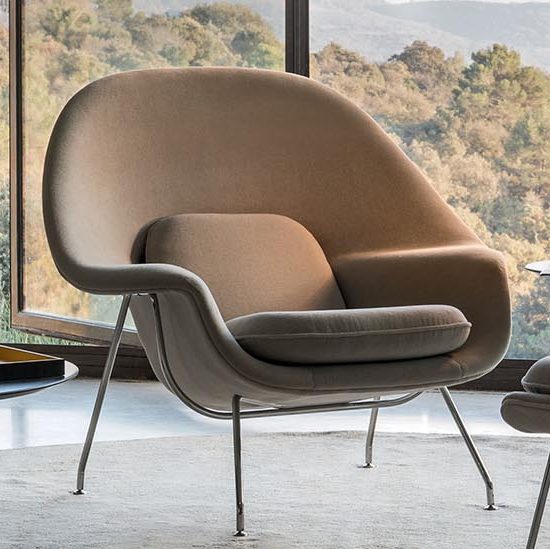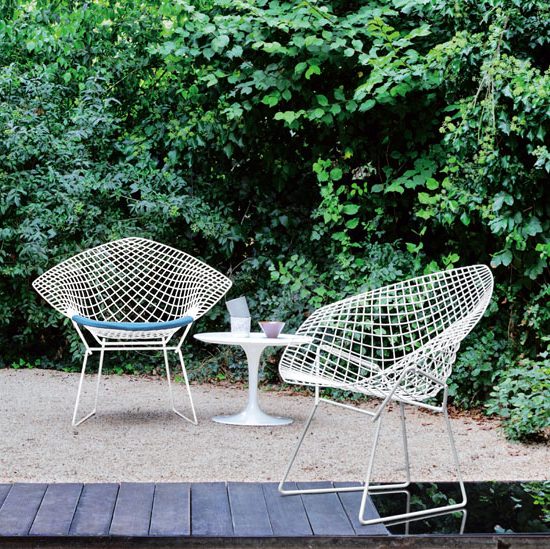Tugendhat™ Chair
“Architecture is a language;
when you are very good you can be a poet.”
– Ludwig Mies van der Rohe
Tugendhat™ Chair
Announcing the return of the Florence Knoll™ Model 31 Lounge Chair and Model 33 Sofa, two classic designs that speak in a contemporary voice. With their tubular steel bases and thoughtfully scaled cushions, these pedigreed pieces have a light visual footprint and offer a supportive sit. Florence Knoll knew the importance of comfort and pursued it with the exacting perfectionism that gave her work its trademark precision and crisp appeal.
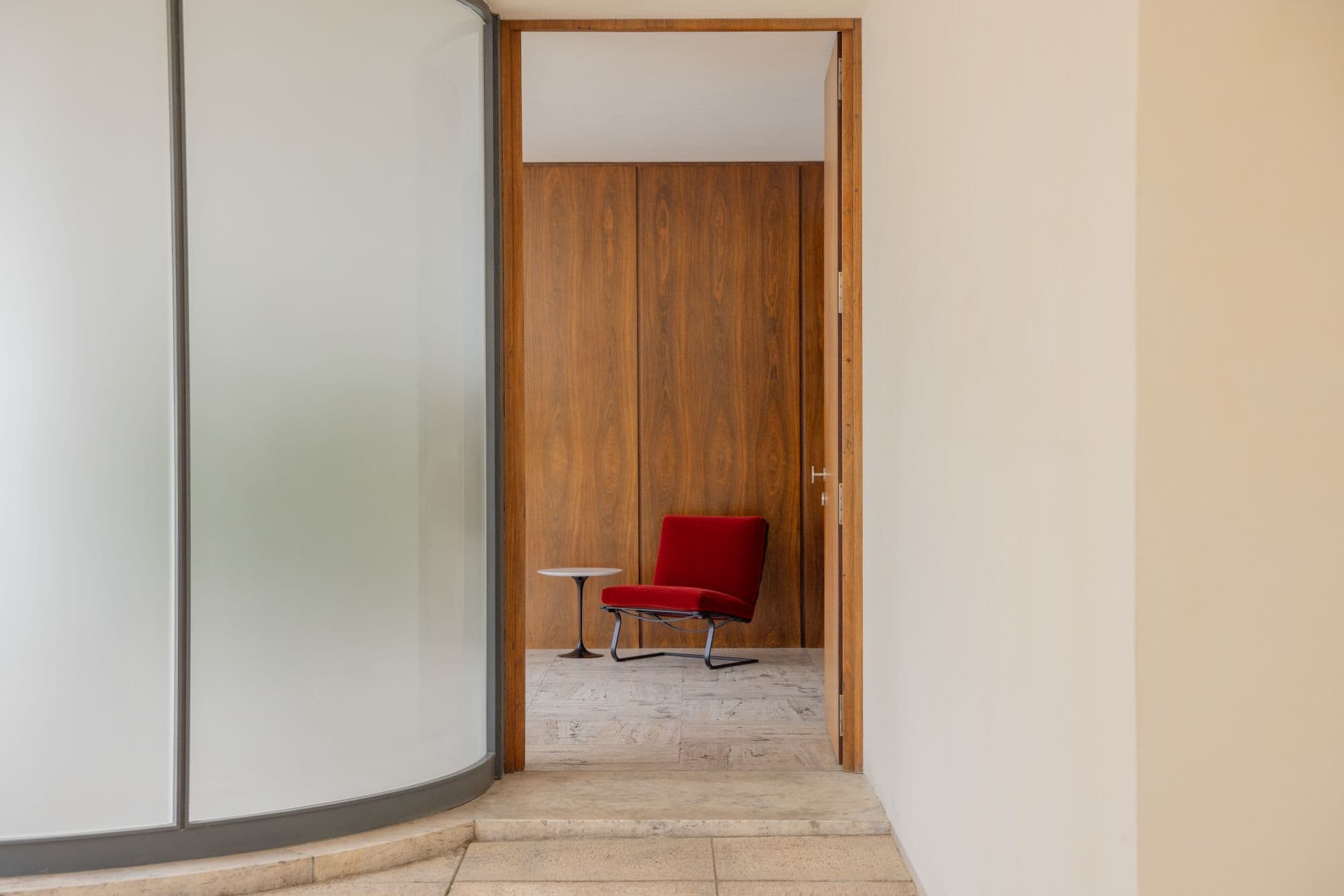
To celebrate the archival reissue of the Tugendhat Chair—designed in 1929 and brought back into production in 2024—Knoll returned to the house for which it was created to photograph it as it was originally intended, as part of a total interior.
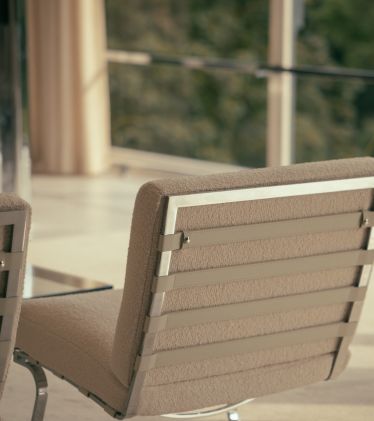
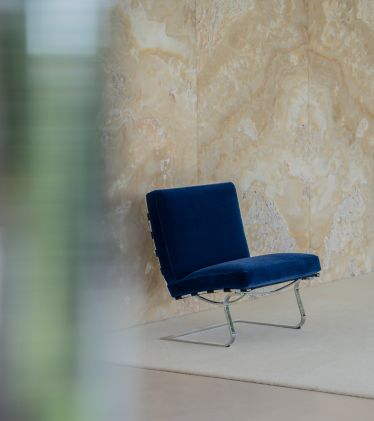
Mies understood how modern architecture and its lack of ornamentation allowed the brilliance of “noble materials” to be truly appreciated. He specified exotic woods, Italian travertine, and luxurious textiles for the villa’s open-plan interior, and designed the Tugendhat Chair to complement the horizontal planes of the structure, with its cantilevered seat beautifully in sync with the surrounding environment.
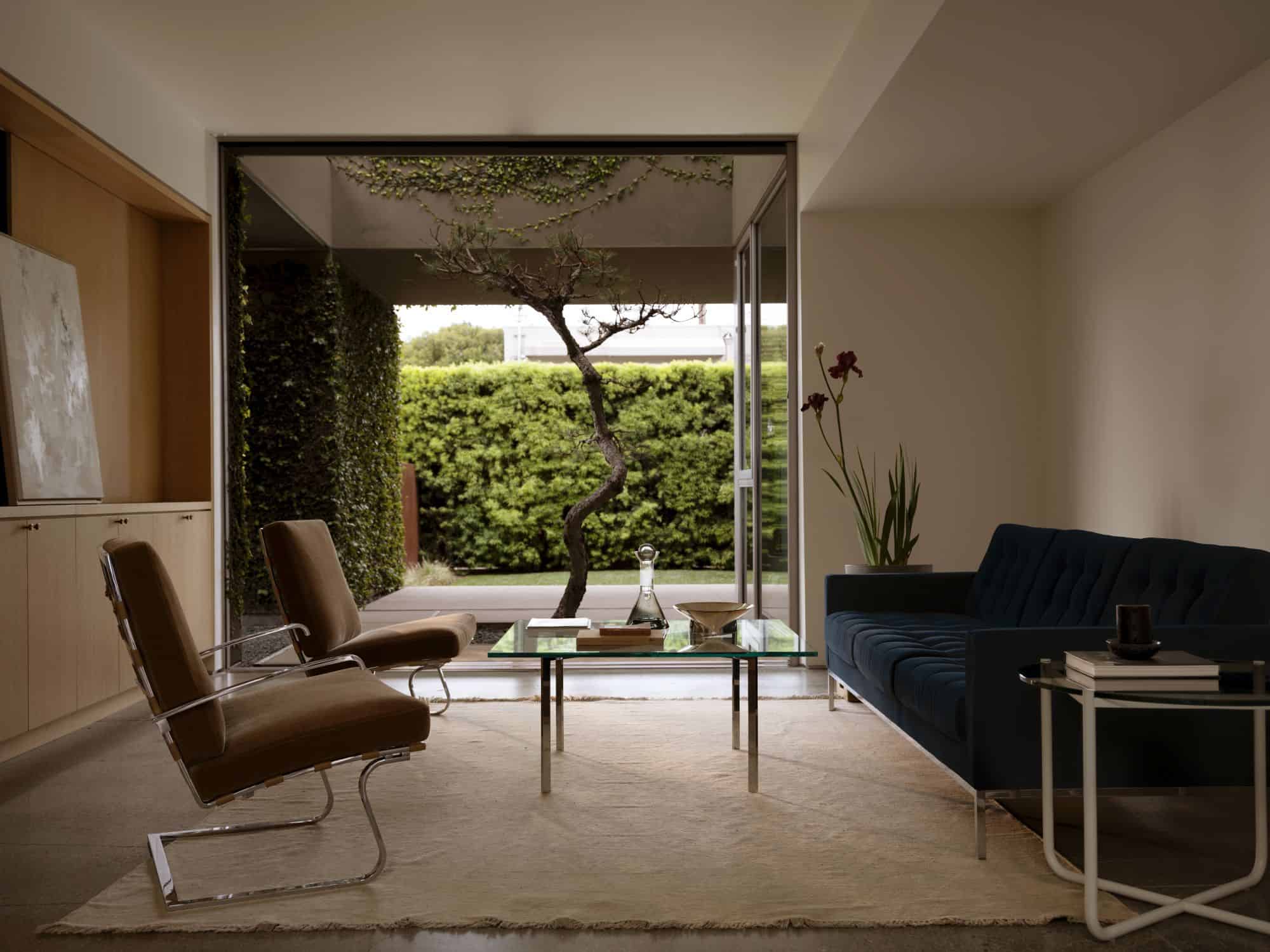
About the designer
A hugely influential figure in design history, Ludwig Mies van der Rohe brought a less-is-more approach to everything he designed, from furniture to skyscrapers. He taught at the Bauhaus in Germany and Illinois Institute of Technology (IIT) in USA and was a trusted mentor to Florence Knoll. Mies’ buildings—including Villa Tugendhat—changed how the world thinks about architecture.
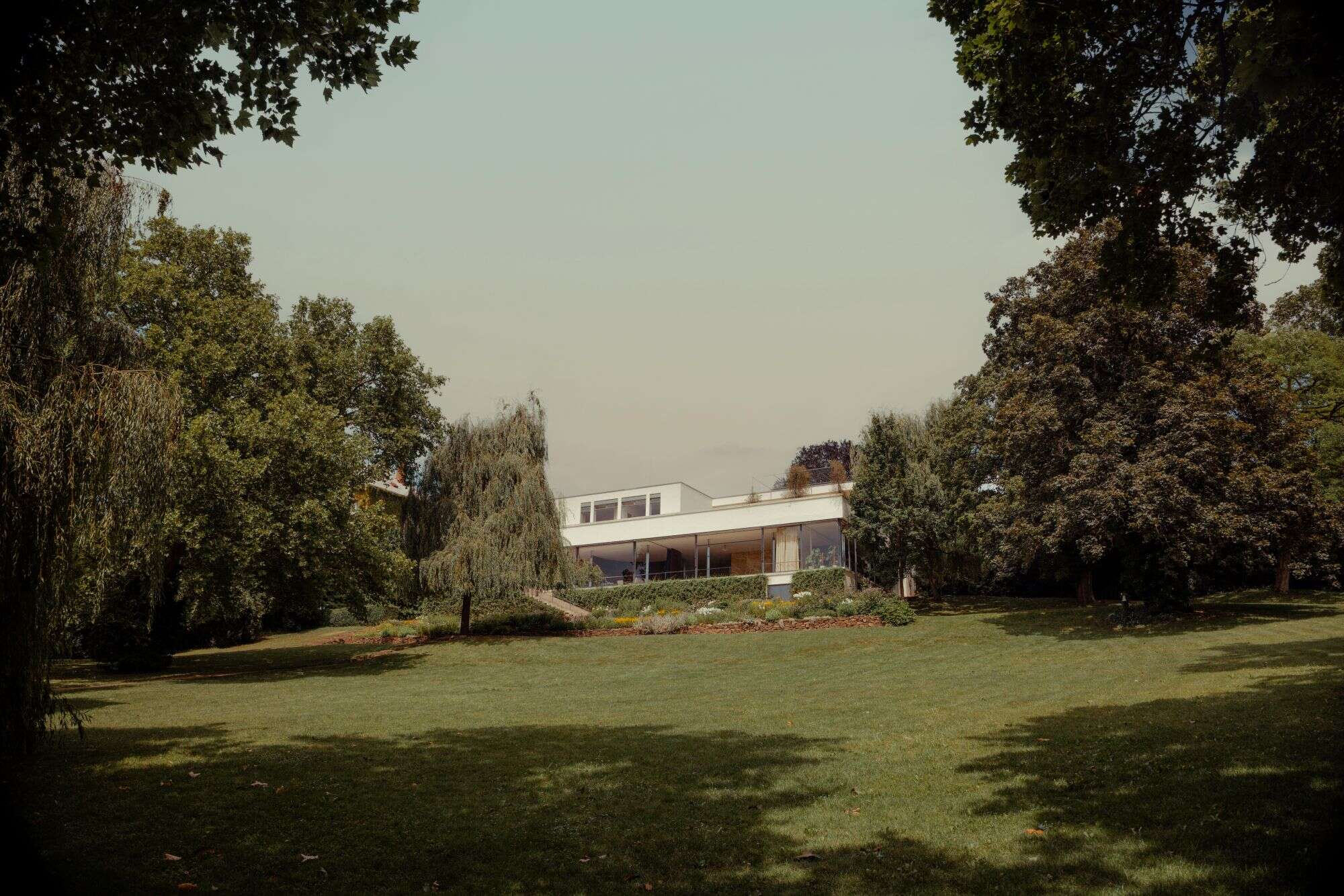
Architects Ludwig Mies van der Rohe and Lilly Reich designed a villa for the Tugendhat family in 1929. Located in Brno, Czech Republic, the residence is celebrated for its austere concrete construction, exterior walls of glass, and open interiors filled with natural light.
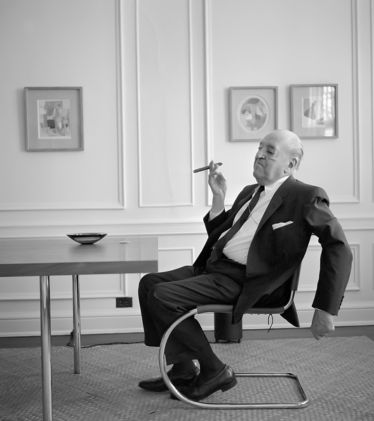
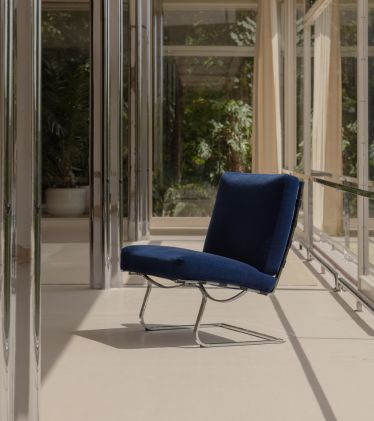
A work of total architecture, Mies also specified everything for the interior, from light switches to furnishings. One of the pieces he designed, used in several rooms of the house, was the Feder-Sessel (“spring chair” in English) that became known as the Tugendhat Chair.
Amplified space
With a comfortable seat—upholstered in fabric or leather—that gently bounces with the sitter, the Tugendhat Chair fits seamlessly within the interior that hosts it.


